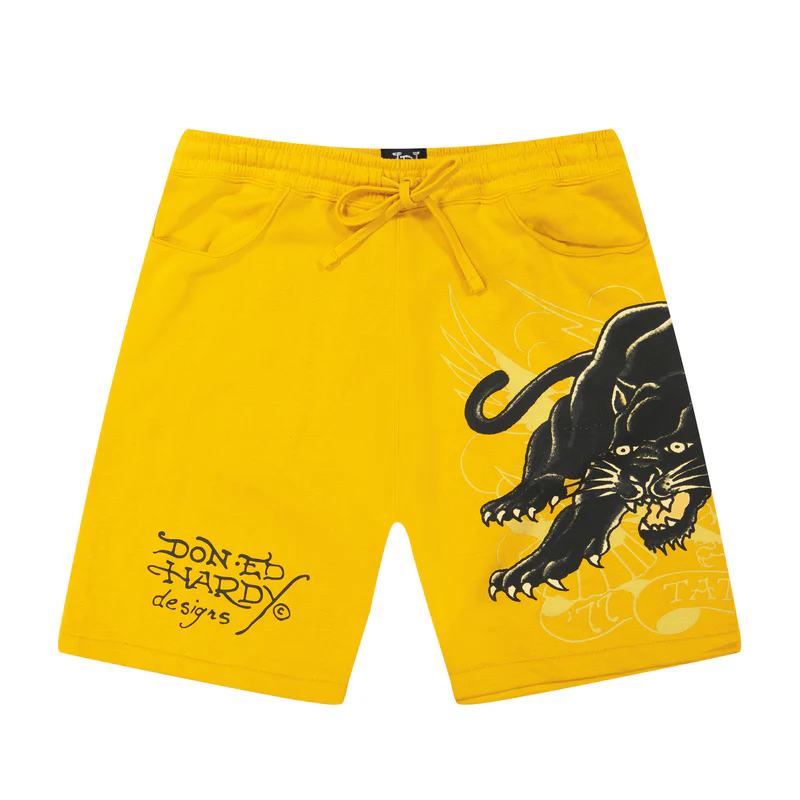Ed Hardy is a name synonymous with bold designs and vibrant tattoo art that reshaped the fashion landscape in the early 2000s. The brand’s unique blend of high fashion and tattoo culture captivated audiences and made a significant impact on pop culture. This article delves into how Ed Hardy designs took over fashion and became an integral part of modern culture.
The Origin of Ed Hardy
Don ed hardy sweatsuit a tattoo artist known for his intricate and colorful designs, began his journey in the tattoo world in the late 1970s. After honing his craft and studying traditional Japanese tattoo techniques, Hardy established himself as a pioneer in tattoo artistry. In the early 2000s, he partnered with designer Christian Audigier to launch Ed Hardy Apparel, which brought his tattoo designs into the fashion realm. This collaboration marked the birth of a brand that would soon become a cultural phenomenon.
The Allure of Bold Graphics
Ed Hardy’s designs are characterized by vibrant colors, bold graphics, and intricate details. The brand’s T-shirts, hoodies, and accessories often feature iconic tattoo motifs like skulls, roses, and hearts. This eye-catching aesthetic resonated with a diverse audience, from young adults seeking to express their individuality to celebrities looking to make a fashion statement. The bold graphics invited wearers to embrace their unique identities, setting the stage for a new trend in fashion.
Celebrity Endorsement and Mainstream Appeal
One of the key factors in Ed Hardy’s rise to fame was its endorsement by celebrities. Stars like Britney Spears, Paris Hilton, and Madonna were frequently spotted wearing Ed Hardy apparel, bringing the brand into the limelight. This celebrity association created an aspirational quality that appealed to fans, driving demand for the products. As Ed Hardy became a status symbol, its designs permeated popular culture, solidifying its position as a must-have brand for fashion enthusiasts.
Tattoos Become Fashionable
Before Ed Hardy, tattoos were often associated with rebellion and counterculture. However, Hardy’s approach helped reframe tattoos as a legitimate form of art and self-expression. By integrating his tattoo designs into fashionable clothing, Ed Hardy elevated the status of body art, encouraging people to embrace their tattoos as symbols of individuality. This cultural shift opened doors for other designers to explore similar themes, leading to the widespread acceptance of tattoos in mainstream fashion.
The Impact on Streetwear
Ed Hardy’s influence extended beyond traditional fashion into the realm of streetwear. The brand’s unique blend of tattoo art and casual clothing became a defining characteristic of the streetwear movement. As urban culture evolved, Ed Hardy’s designs set a new standard for graphic apparel, inspiring countless brands to adopt bold graphics and storytelling in their collections. The legacy of Ed Hardy can still be seen today in contemporary streetwear, where creativity and self-expression reign supreme.
Challenges and Evolution
Despite its initial success, ed hardy pants faced challenges as the market became saturated with imitations and knockoffs. The oversaturation led to a decline in brand prestige and sales. However, Ed Hardy demonstrated resilience by evolving its designs and exploring new collaborations. By staying true to its roots while adapting to changing trends, the brand managed to maintain relevance in a competitive market.

